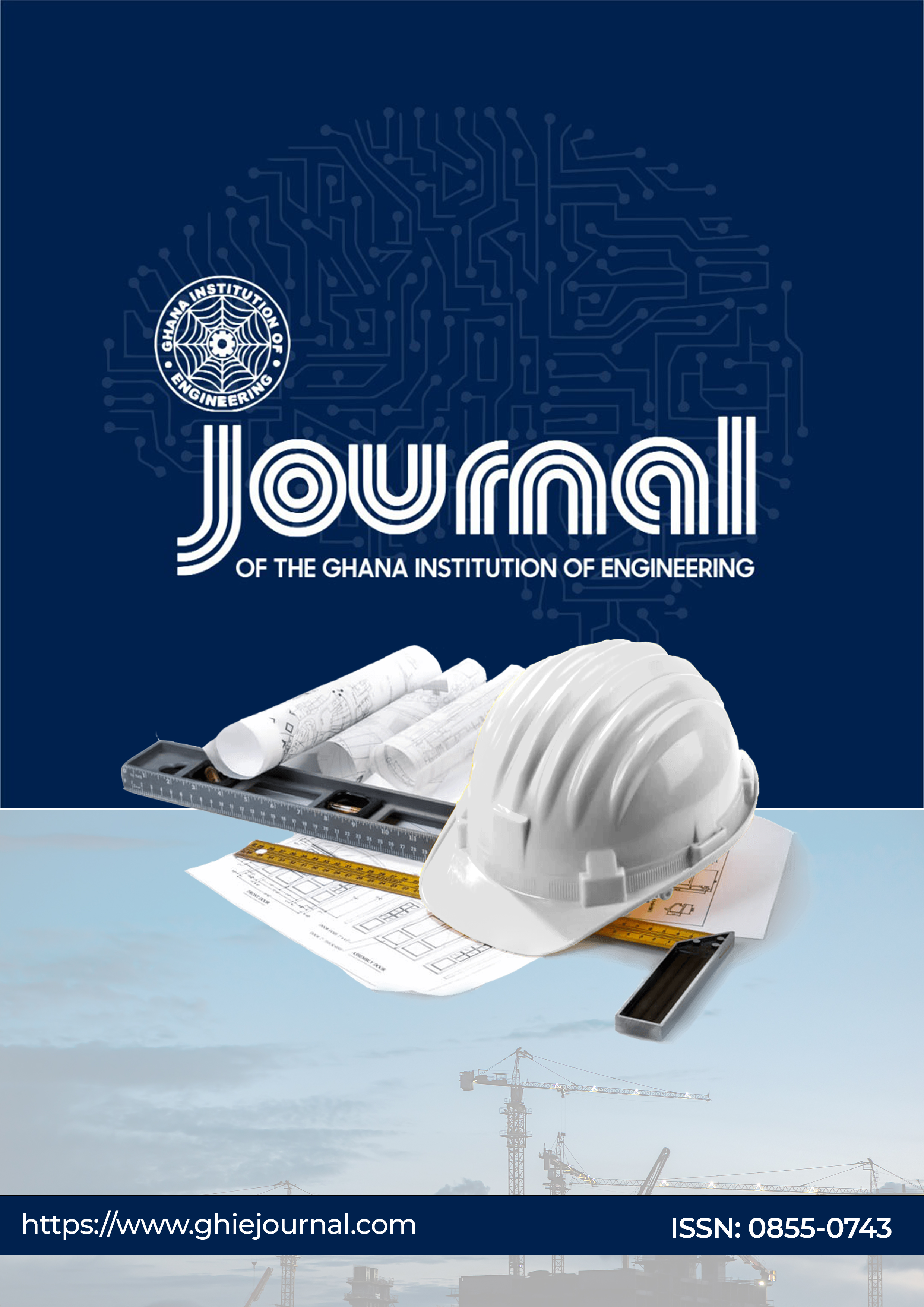Main Article Content
Impact of land use and land cover dynamics on urban heat island in the Sunyani Municipality using satellite remote sensing
Abstract
The rapid urbanization coupled with tremendous growth in population and built-up areas in the cities has led to issues associated with global climate change impacts such as urban heat islands. This study is concerned with the spatial impact of the dynamics of urbanisation on urban heat island (UHI) in the Sunyani Municipality using Satellite Remote Sensing techniques. Sunyani municipal is a growing area in Ghana with increasing population and urbanisation. Many people in Ghana are moving to settle in Sunyani for different purposes. In this process, vegetated areas have been converted to urban areas and this has led to a reduction in the vegetation cover and increased the urban temperature in the municipality. Therefore, there is a need for a study on how the dynamics in the land use and land cover (LULC) in the municipal are contributing to urban heat. The main aim of this research is to identify the impact of LULC dynamics on UHI using multi-temporal Landsat images from 2001 to 2021 with a 5-year epoch in the Sunyani Municipal. Landsat images acquired over Sunyani and its environs for the period from 2001 to 2021 with a 5-year epoch, were download freely from the USGS Earth Explorer website. These images were pre-processed in QGIS 3.16 using the Semi-automatic classification plugin (SCP). The pre-processed images were classified using the Random Forest (RF) algorithm. The supervised classification was done using the semi-automatic classification plugin in QGIS 3.16. This study considered two (2) classes (urban and vegetation). The thermal infrared bands of the Landsat images were used to compute the land surface temperature (LST) for each year, starting from 2001 up to 2021, at a 5-year interval. The standard deviation and mean LST were extracted and used to extract all the UHIs in the municipality. Regression analyses were used to determine the impact of LULC dynamics on LST and UHIs in the Sunyani Municipality. The analysis yielded a strong impact with an R-squared value of 75 % and 77 % for UHI and LST respectively. The vegetated covers yielded a strong negative correlation with UHIs while Urbanisation yielded a strong positive correlation with the intensity of UHIs. On the other hand, Vegetation reduced the intensity of UHIs in the municipality. This gives a clear understanding of how dynamics in urbanisation and vegetation are affecting UHIs in the Sunyani Municipality. A Linear model was developed for LULC dynamics, LST and UHIs in the Sunyani municipality. It was concluded that LULC dynamics have a strong impact on UHI. It is recommended that the environmental Agencies in the Municipality should ensure the protection of the vegetated areas as well as improve the green areas in the Municipality to minimize urban heat.






